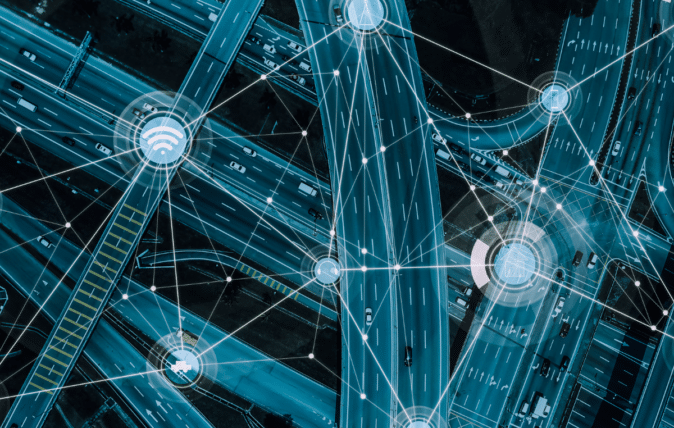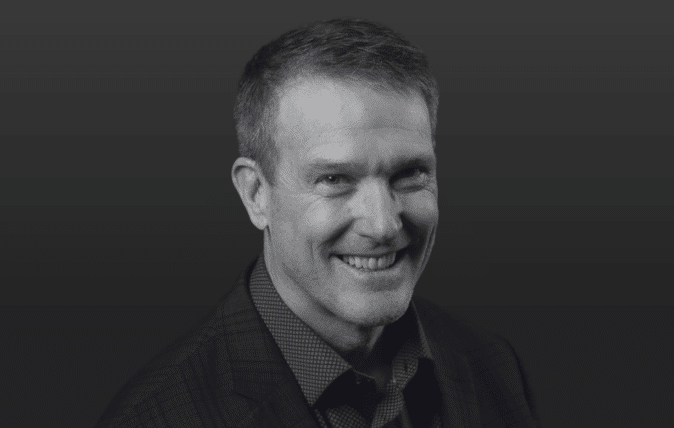November 20, 2024
Understanding the True Scope of Insider Risk for Modern Enterprises
Connect with us wherever you get your podcasts
In this episode
Fred Burton speaks with Robin Welch-Stearns about understanding the true extent of insider risk for modern corporate security teams. Robin shares her insights from her time at the CIA and Google, highlighting the differences between insider risk in public and private sectors, as well as what led her to starting Pacific Resilience Group. She discusses the importance of creating a comprehensive approach to managing insider threats by understanding the motivations behind them, using data analytics, and fostering collaboration between cybersecurity and physical security teams.
Learn more about Ontic’s Incidents, Investigations, and Case Management.
0:00
2:26
4:00
5:54
6:30
Fred:
How important is it to understand the psychological factors that drive insider threats? You know, from background in the U.S. government, that appeared to be something that we were always discussing or looking at some of these spy scandals. And let’s be blunt, no agency has been untouched by that. So from a psychological factor perspective, what are some of the signs that organizations should look out for?
Robin:
Yeah, you know, it’s tough because This is where your USG experience or public sector experience can really help is we are trained to understand the different motivations. And what you see the most is financial gain, even if it’s not someone who is angry at the company. Financial gain is a huge motivation for both your nation state actors, both inside the US government and in the private sector. So really looking at that, the other thing that I think is interesting is we don’t want to get distracted by things that we think will drive insider risk. For example, geopolitical events. We’re not seeing a lot of new insider risk cases, being driven by someone who is upset about geopolitical events so we don’t want to focus too much there that’s you’re going to see protests disruption. But you’re not seeing insider risk come out in huge amounts here. But what you want to look at is financial gain. That will cover, like I’ve said, what you want to do is create a comprehensive program so that you catch all three buckets that we’ve labeled, right? So financial gain touches everybody, really. And what you see in some of the really famous insider risk cases, Anthony Levandowski with Uber and Waymo with autonomous vehicles, there’s financial gain and everyone at every level, if Anthony Levandowski was working at the highest level at Google, you still see that financial gain. So I think it’s really important to pay attention to that.
10:37
11:38
12:56
15:24
17:27
What you’ll learn
01
Differences in insider risks between public and private sectors, and common forms these risks take within organizations
02
Strategies and frameworks for detecting and preventing insider threats, emphasizing data analytics and employee training
03
Psychological factors and motivations behind insider threats, and the opportunities and challenges AI presents in managing these risks
More about our guest

Robin Welch Stearns, now President and Founder of Pacific Resilience Group, started her career at the Central Intelligence Agency where she spent five years in the Directorate of Operations. She spent that time undercover working to support intelligence gathering all over the world. While at the Agency she was recruited to help start the Global Investigations program at Google. In her 12 years at Google, Robin shaped global programs on insider risk, workplace violence, threat detection and management, intelligence, investigations and physical security.
Connect with Robin



